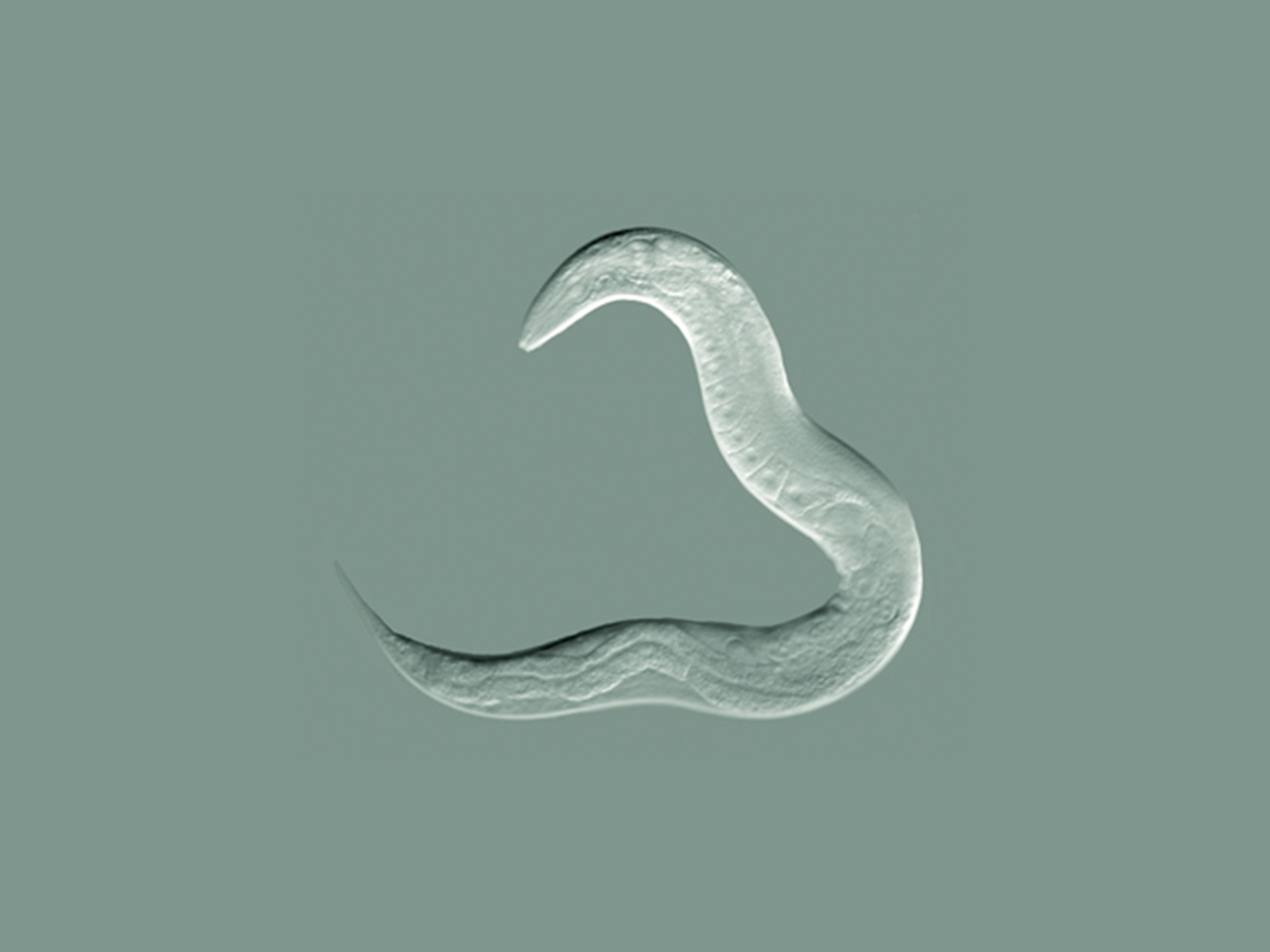One of the more fascinating animals in God’s creation is the ubiquitous and strange jellyfish.
They are members of the subphylum Medusozoa, making up a major portion of the phylum, Cnidaria. Five evolutionists stated, “Cnidarians are an ancient group with the longest fossil history of any animal, reaching back more than 700 million years.”1 Supposedly, for over 700 million years jellyfish have always been jellyfish.2
To have jellyfish (95% water) preserved in sedimentary rock layers is amazing in itself.
Ten jellyfish fossils that were discovered in Utah document a very rapid burial and sedimentation event–such as one would expect from a flood, perhaps? The burial was so rapid that tentacles and the unique bell shape are clearly seen. One can appreciate just how fast these creatures would have to be buried to preserve such detail—especially since they are about 95 percent water. Because of this discovery, National Geographic reports that jellyfish origins must be pushed back "205 million years." But they are still jellyfish. Another trove of "500-million-year-old" fossil jellyfish was discovered in 2002 in the Upper Cambrian Mt. Simon-Wonewoc Sandstone in central Wisconsin. Ronald Pickerill of the University of New Brunswick states, "They must have been buried extremely quickly." Creation scientists agree—by a catastrophic event 4,000+ years ago.3
Because they are 95% water, does that mean jellyfish are simple? Not at all.
Secular editors Thain and Hickman, in their brief description of jellyfish (Scyphozoa), manage to use the word “complex” twice. Jellyfish have the sophisticated medusoid stage composed of endodermal gonads, two nerve rings or tracts, a four-pouch enteron (that receives the gametes), and “a complex system of radial canals [that] branches out from the pouches to a ring canal in the margin and makes up a part of the gastrovascular cavity.”4,5
Zoologists have discovered a rare new species of jellyfish called Atolla reynoldsi. It’s commonly called the red or scarlet jelly and it looks like a bottle cap with strings. It lives in the midnight zone of the ocean, 13,000 feet (4,000m) down where light does not penetrate. Because of the darkness and extreme pressure not much can be said of the fauna at these depths. Indeed, it has been estimated that scientists have only described 10% of our oceanic inhabitants.
Using video footage of living specimens recorded at depths of 3,300 to 10,500 feet, and physical specimens dredged up, scientists concluded A. reynoldsi was a new species.
A. reynoldsi is just one of millions of species that live in the deep sea, many of which are still unknown to humans. Over the past 34 years, MBARI [Monterey Bay Aquarium Research Institute] researchers have documented more than 225 new species from explorations in Monterey Bay and beyond, but have barely scratched the surface in revealing the diversity of life in the deep sea. These discoveries remind us that we still know so little about the ocean, the largest living space on Earth.6
Jellyfish appear fully formed and complete in the fossil record. There is no record of their supposed evolution from a non-jellyfish ancestor. Zoologists only find fascinating varieties of these gelatinous animals. Variation within the created kind is what creation science predicts—and what is found.
References
- Hickman, C. et al. 2020. Integrated Principles of Zoology. 18th edition. New York: McGraw Hill.
- Sherwin, F. “Massively Exciting” Fossil Find. Creation Science Update. Posted on ICR.org August 1, 2022, accessed April 11, 2023.
- Sherwin, F. 2008. Jellyfish Reveal the Recent Hand of the Creator. Acts & Facts. 37 (12): 14.
- Sherwin, F. 2011. “Relatively Simple.” Acts & Facts. 40 (7): 17.
- Thomas, B. What Does it Take to Make a Jellyfish? Creation Science Update. Posted on ICR.org August 10, 2012, accessed April 11, 2023.
- Nava, R. Scientists discover a new species of deep-sea crown jelly in Monterey Bay. Phys.org. Posted on Phys.org April 19, 2022, accessed April 10, 2023.
* Dr. Sherwin is science news writer at the Institute for Creation Research. He earned an M.A. in zoology from the University of Northern Colorado and received an Honorary Doctorate of Science from Pensacola Christian College.





















